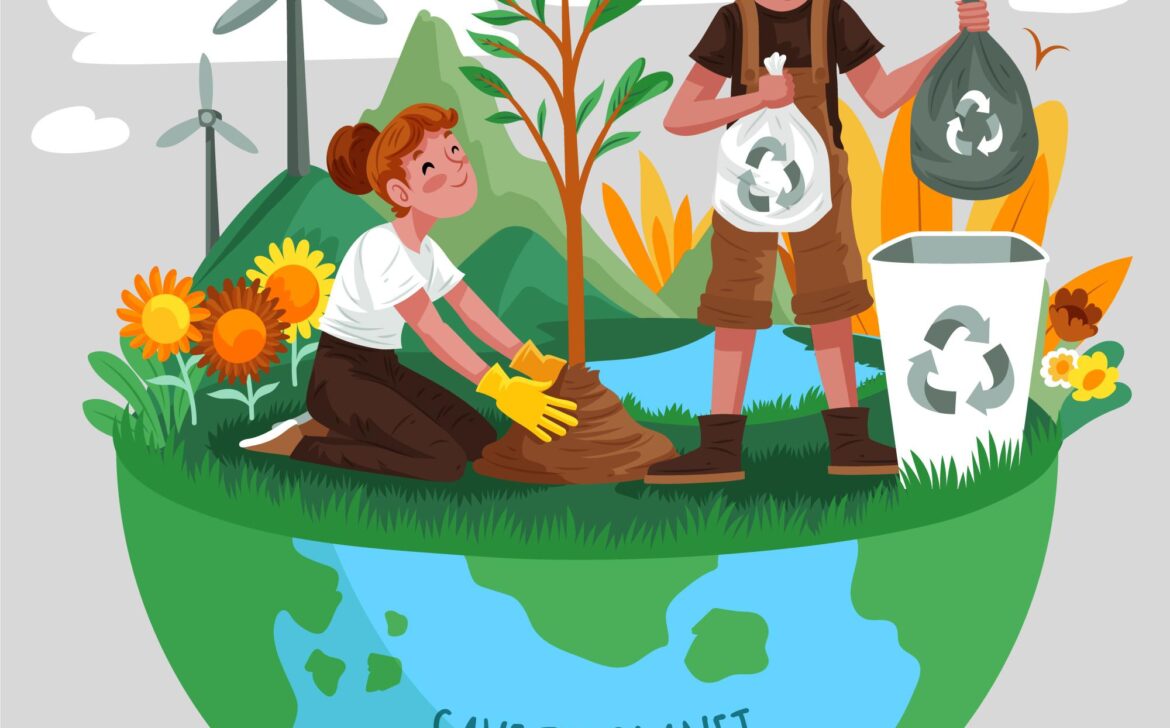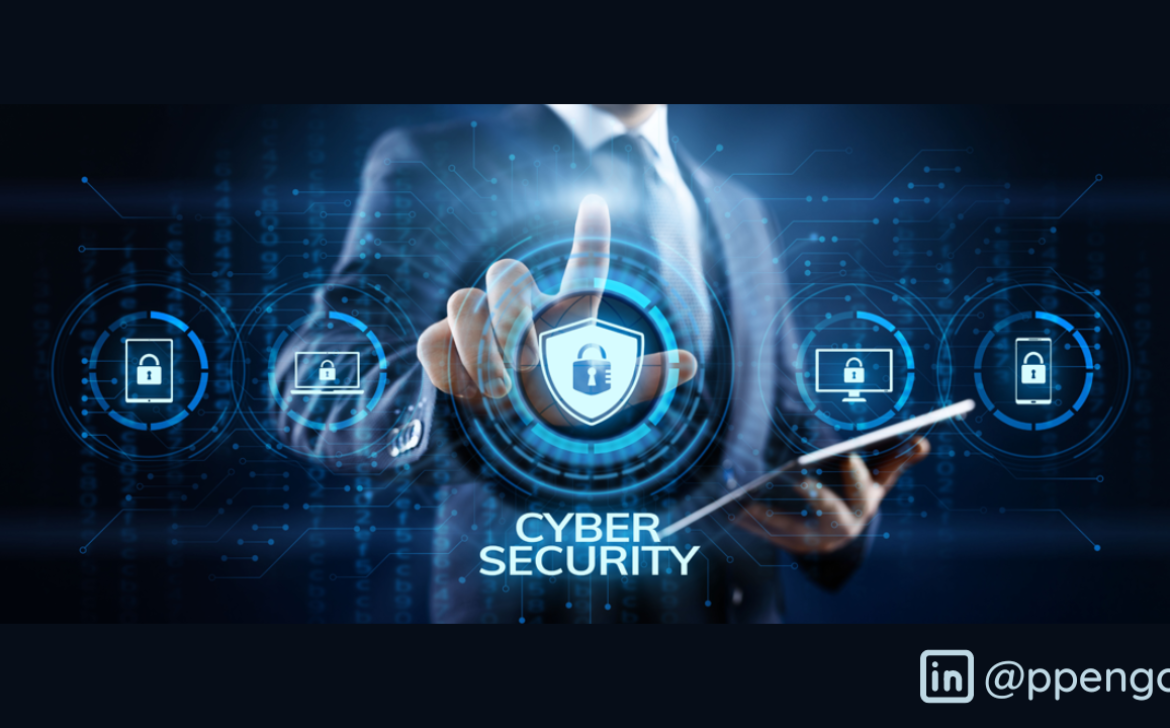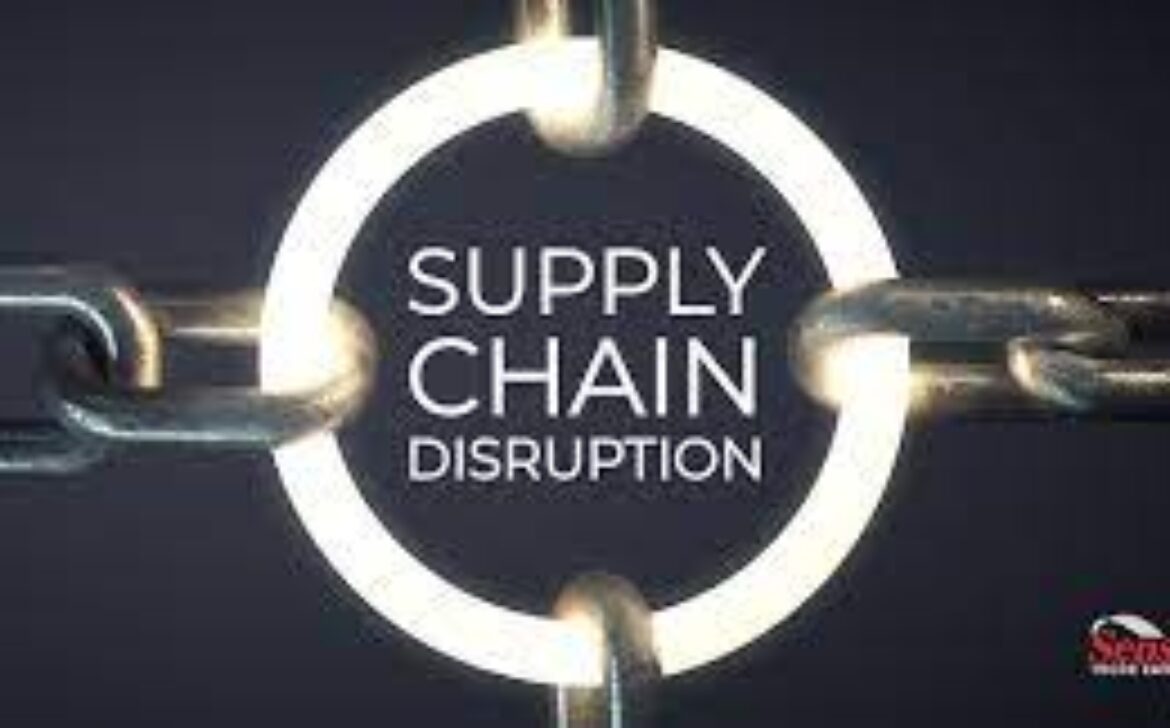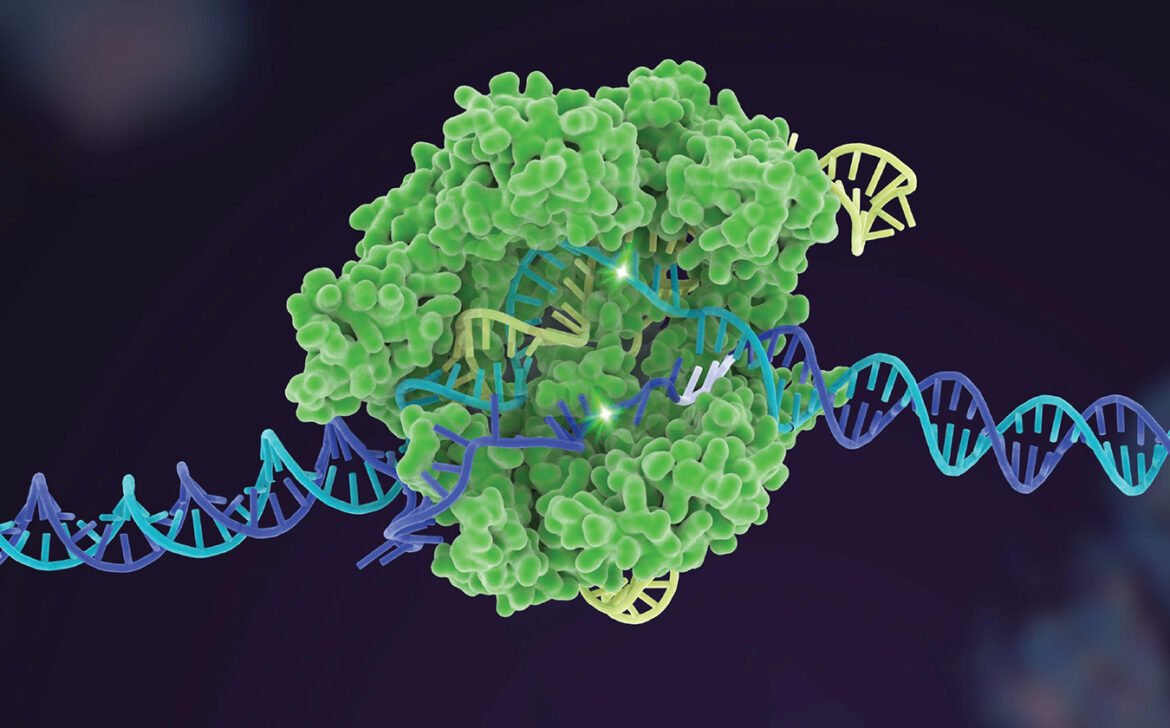Powering the Future: A Journey into Sustainable Energy
Introduction:
In an era overshadowed by climate concerns and dwindling fossil fuel reserves, the quest for sustainable energy sources has taken center stage. This blog unveils the realm of sustainable energy, delving into its forms, advantages, challenges, and cutting-edge innovations propelling us toward an eco-friendlier future.
Section 1: The Imperative for Sustainable Energy:
Discover the surging global energy demand, its connection to greenhouse emissions, and why transitioning to sustainable energy sources is not a choice but a necessity.
Section 2: Exploring Diverse Sustainable Energy Sources:
a. Solar Energy: Unveil the brilliance of solar panels and their ability to convert sunlight into clean, abundant electricity.
b. Wind Power: Harness the power of wind turbines and explore how they’re revolutionizing electricity generation.
c. Hydropower: Dive into the world of hydropower, tapping into flowing water’s potential to create renewable energy.
d. Geothermal Energy: Unearth the Earth’s inner heat as a potent source of sustainable power.
e. Biomass Energy: Explore the transformation of organic matter into energy, mitigating waste and emissions.
Section 3: Benefits of Going Green:
a. Emission Reduction: Understand how sustainable energy mitigates climate change by curbing harmful emissions.
b. Energy Security: Learn how renewable resources ensure a stable energy supply while reducing dependence on unstable fossil fuel markets.
c. Job Opportunities: Explore the potential for job creation as the renewable energy sector expands.
d. Versatility: Discover how sustainable energy can fuel various sectors, from homes to transportation.
Section 4: Overcoming Challenges with Innovative Solutions:
a. Mitigating Intermittency: Explore solutions like energy storage systems and smart grids that counteract the intermittent nature of renewable sources.
b. Investment and Infrastructure: Delve into the role of government policies, incentives, and public-private collaborations in advancing sustainable energy infrastructure.
c. Technological Leaps: Uncover ongoing research, breakthroughs, and materials innovations driving down costs and enhancing efficiency.
Section 5: Innovations Shaping the Sustainable Energy Landscape:
a. Energy Storage Breakthroughs: Learn how battery advancements pave the way for reliable renewable energy storage.
b. Smart Grid Revolution: Understand the transformative power of intelligent grids in optimizing energy distribution.
c. Harnessing Ocean Power: Dive into the potential of wave and tidal energy as emerging, limitless sources of electricity.
d. The Hydrogen Revolution: Discover how hydrogen’s potential as a clean energy carrier is revolutionizing various industries.
Section 6: Taking Action, Making Change:
a. Energy Efficiency Tips: Find out how small changes in daily habits can collectively contribute to substantial energy savings.
b. Advocacy Matters: Learn how supporting sustainable energy policies can drive systemic transformation.
Section 7: Real-world Success Stories:
Highlighting tangible instances of cities, countries, and corporations successfully adopting sustainable energy, showcasing the practicality and benefits of such transitions.
Conclusion:
Sustainable energy isn’t a distant dream; it’s the path to a cleaner, more prosperous future. By embracing renewable resources, investing in innovative technologies, and making conscious choices, we shape a world powered by nature, ensuring a legacy of abundance for generations to come. The road to sustainable energy may be intricate, but its destination is worth every stride.










